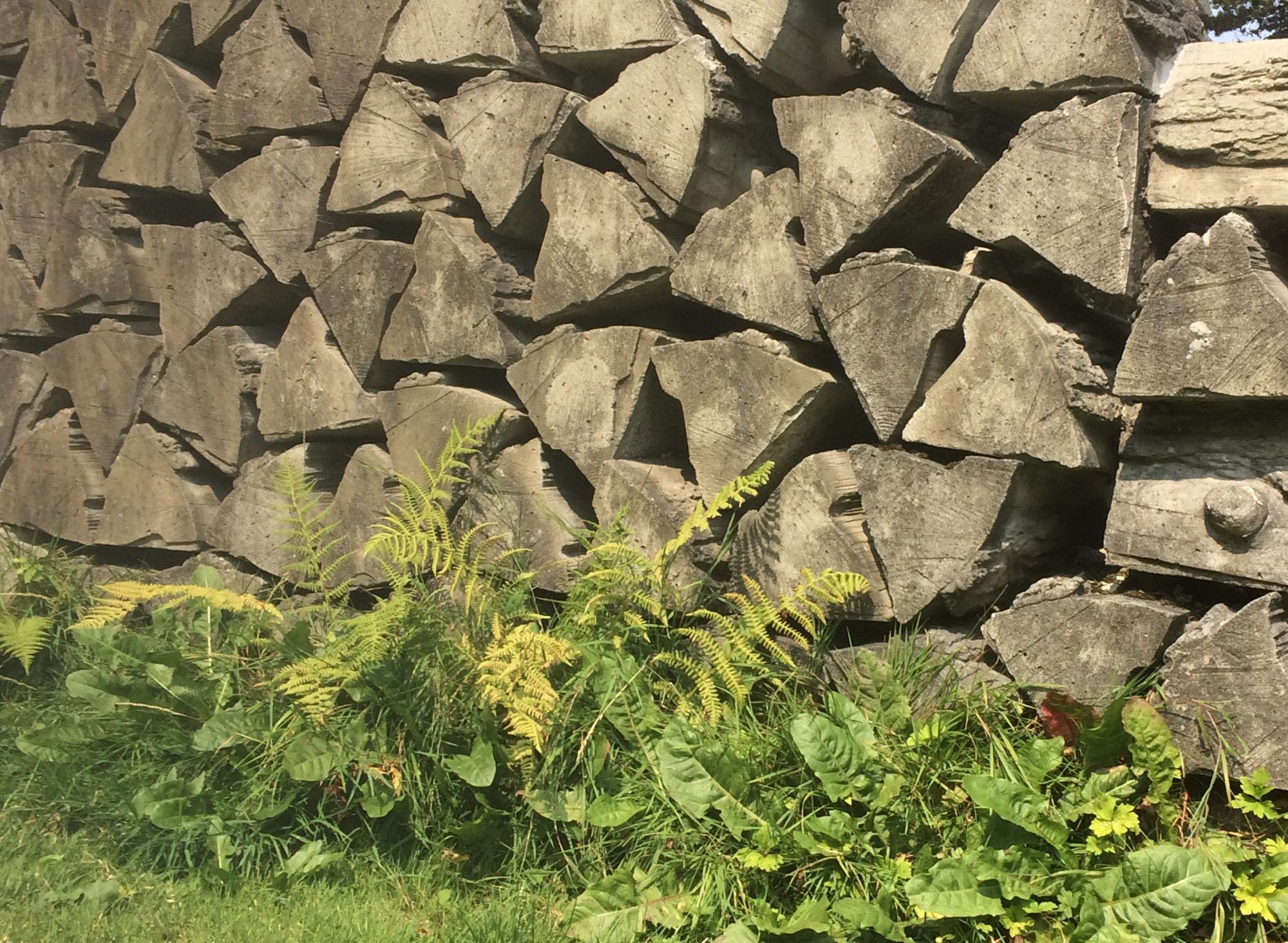Throughout the UBC Vancouver campus, the idea of nature is an ever-present theme (“Heritage Policies + Preservation”). With approximately 18000 trees (“Trees”), a commitment to design a sustainable space in harmony with the west coast setting and nature in general, it becomes clear UBC attempts to present itself as a campus in tune with the environment, and as a leader in sustainable development (“The University of British Columbia Vancouver Campus Plan Part 1 Campus Plan Synopsis.” 6, 10). However, the other main feature of the campus is construction. Much of this construction is necessary, as a university is designed with the goal of disseminating knowledge to students and this requires new buildings which can aid in a more efficient dissemination. In the process of their construction they can destroy the very nature they purport to save through their sustainable development policies. Nature can be an invaluable source of knowledge to students, it can provide opportunities and places to have discussions, or witness new things (Tan) and in creating new buildings, it seems UBC is trading one form of knowledge for the traditional academic one. This is not to say UBC undertakes the destruction of nature carelessly, their main goal is sustainability (“Infrastructure Development Overview.”), and a unifying natural theme (“Heritage Policies + Preservation.”). To this end, all proposals are carefully assessed to verify they are in line with university policy, and the public has an opportunity to provide feedback before a final decision is made (“Development.”). Although professors may complain about the inconvenience of construction (Neubauer), and students may argue they were not consulted enough (such as with the grassy knoll incident in 2008 before the construction of the Nest) (Rosenberg), the reality is UBC is trying to satisfy everyone while still creating environmentally sustainable buildings. Consequently, this photo essay, aimed at anyone with an interest in the impact of development on nature, or how nature is represented in modern development, such as environmentalists, especially on the UBC Vancouver campus, aims to demonstrate how one can magnify nature in the pursuit of knowledge in order to obfuscate the actual destruction of that nature. To this end, the first six photos detail a loss of nature as a result of construction, and the prevalence of construction on this campus. The essay then moves to look at how many of the buildings ultimately incorporate nature in their finished form to distract from the destruction elsewhere. It ends with a unity of both natural and artificial as the campus itself does. Overall, it captures how the university may destroy actual roots of the trees to attempt to create new roots in its students, and a strengthened university identity through the new building of knowledge dissemination.

Tree Bits
The thin line between construction and destruction at UBC